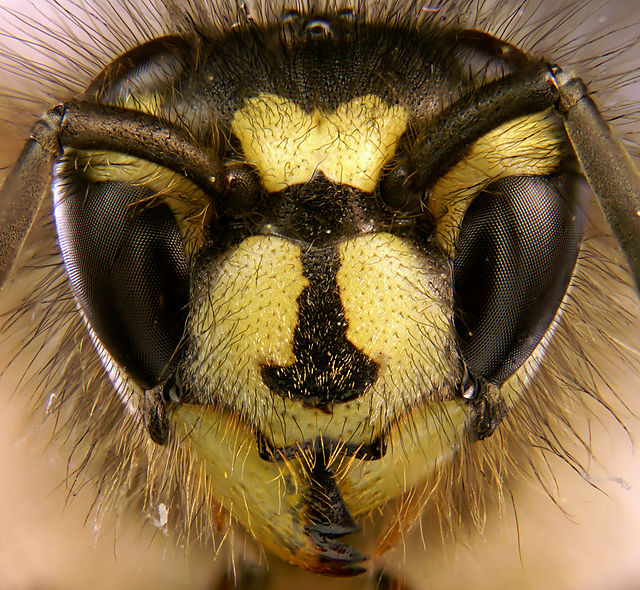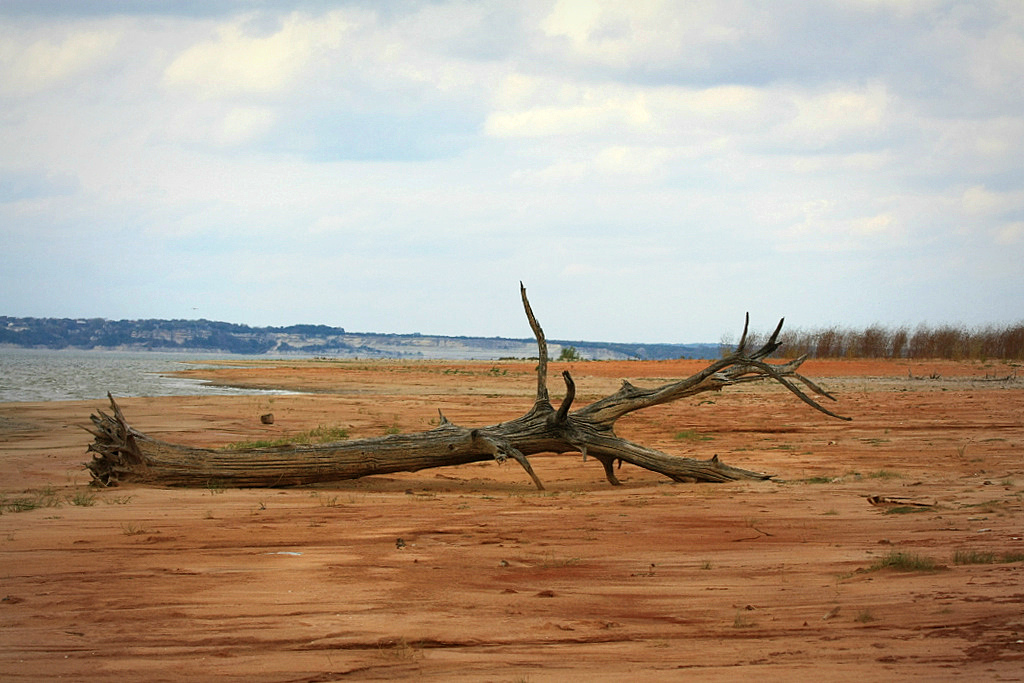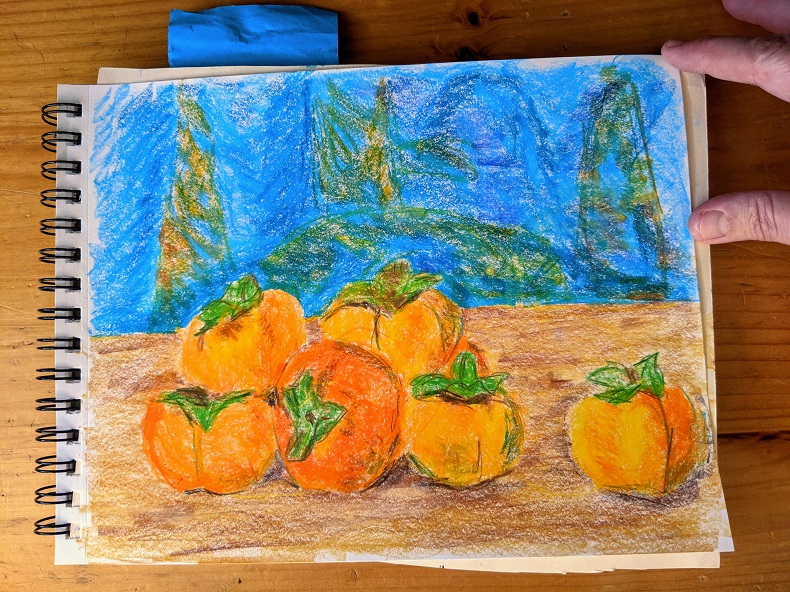
Dear Persimmons,
Where have you been all my life?
On trees, I suppose. I think you’re even on a tree in a front yard a few blocks away from here, which on the way to the gym and the grocery store–a street which, come to think of it, I’ve been using for most of my life.
And I knew what you looked. You’re in a lot of Japanese art. I even know a tongue twister* about you, but in two Japanese autumns I don’t remember whether we actually crossed paths.
If my mouth ever had intersected with one, I have to think I would have remembered it. Because, persimmons, you are a tasty, tasty fruit.
Here’s how we finally met: A few years ago, some nice neighbors moved out of my apartment building. They bought a house, and they had a baby, and they thought their lives weren’t difficult enough and it would be a good idea to buy a persimmon orchard, too. A few weeks ago they set up a table at the farmers’ market with buckets full of bright orange harvest, and I took a piece from the tasting plate because I’m polite to my neighbors, and, my goodness, you are a nice fruit.
You were much sweeter than I expected, and kind of crunchy. I bought five or so. And then I came back the next week and bought more. And more. And sent my friends to buy you, too.
I learned that you make an excellent snack, and you’re so nice to look at. What a pleasant afternoon break at work, to cut up a persimmon in the kitchen. Your seeds aren’t even that much trouble. You’re a good fruit, my friend. A good fruit.
Like so many good things, you last for only a short time. The orchard’s last day at the farmers’ market was 10 days ago, and I’m eating my third-to-last fruit right now.
Thank you for introducing yourself to me this fall, and thank you for letting my fellow humans cultivate you and spread you through the world. See you next year.
Love,
Helen
* となりの客はよく柿食う客だ
Art: Helen Fields
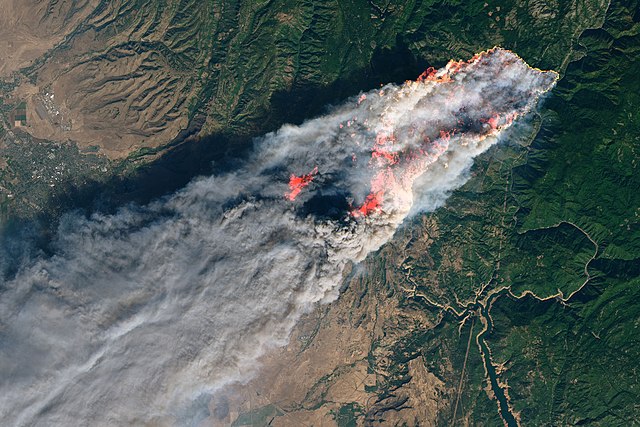
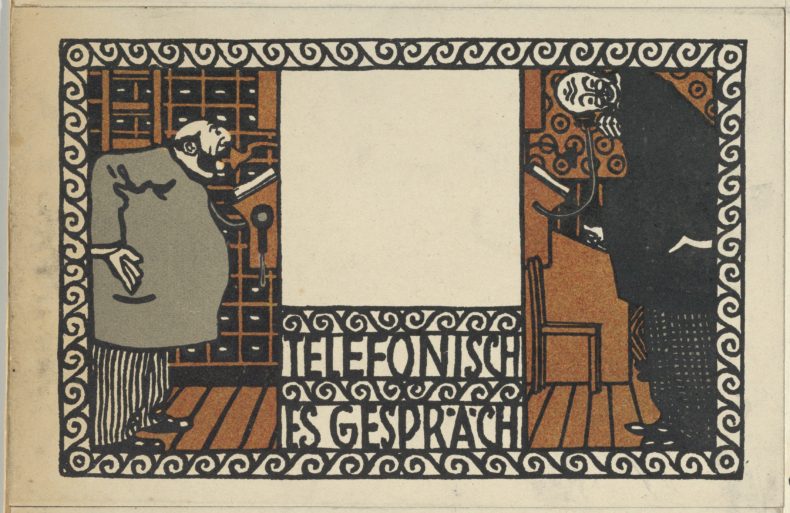
 When I die, I want to be gently curled into the fetal position and put into one of those biodegradable pods from which a tree of my choice will grow. (I’m thinking weeping willow, for the drama of its wild hair, or maybe something ancient and delicious-smelling like a magnolia.)
When I die, I want to be gently curled into the fetal position and put into one of those biodegradable pods from which a tree of my choice will grow. (I’m thinking weeping willow, for the drama of its wild hair, or maybe something ancient and delicious-smelling like a magnolia.)